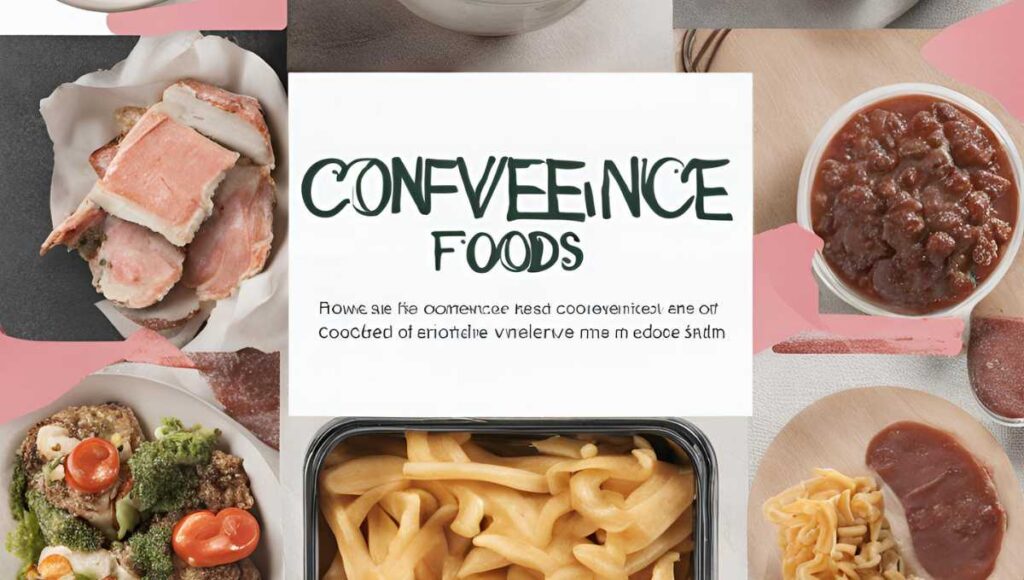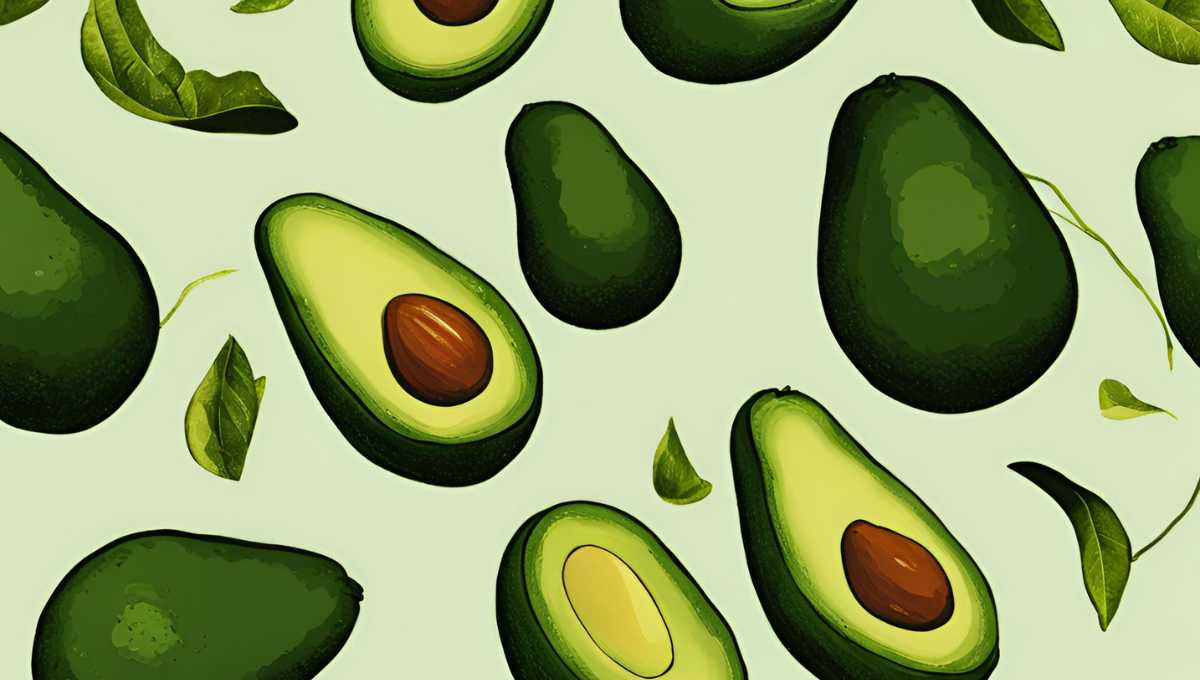
convenience foods
Today, the term “convenience foods” is widely used in the catering industry because of the rapid progress in food technology over the past decade. It can be defined as any type of food where some stage of preparation has been completed beforehand, facilitating further cooking in a more convenient way.Processing methods for convenience foods are:
- Accelerated freeze-drying
- Additives
- Aseptic canning
- Boil in the bag.
- Dehydration
- Instant freezing preservation
- Preservation
- Smoked preservation
- Spray drying
we will discuss the accelerated freeze drying method.
By using high vacuum techniques . It is possible to create specific temperature and pressure condition.which create an ideal condition for dehydration of food without the collapse of cells. The foodstuff is treated so well that it improves texture and retention rehydrating potential. This process is very costly and leads to an increase in the cost of production. For example, frozen peas, cauliflower, spinach.we will learn about the additives process of Convenience Foods.
Non-nutritive substances are added to food in small quantities to improve its appearance, flavor, texture, and storage properties. For example, natural vinegars.we will learn about the aseptic canning process of Convenience Foods.
A newer development in canning is designed for those products that are adversely affected by heat within sealed containers, such as fruits.We will discuss the boil-in-the bag process.
A convenience entrée or vegetable commodity portioned items are packaged in special plastic bags, sealed, and then frozen. To reconstitute, the unopened bag is dropped into boiling water for a predetermined period of time.We will discuss the dehydration process.
A method of preserving food by reducing moisture content to a level where microbes cannot grow or reproduce. The method used depends on the food. For example, pulses and leafy vegetables.We will discuss the dehydro-freezing process.
A method of preservation where the moisture content of certain foods is reduced by 70 percent and then quickly frozen. Because the cells do not collapse, the product retains a good texture. For example, beans and peas.
We will discuss the freezer burn process of Convenience Foods.
In any frozen storage room, there is a steady removal of moisture from unprotected foods, which may result in unpleasant irreversible changes to the color, texture, flavor, and nutritive value.We will discuss the instant freezing preservation process.
A method of preservation using liquid nitrous oxide at one to eight per hike below zero by gently flushing food through nitrogen. Freezing is almost instantaneous, producing very tiny ice crystals, which is important for good texture retention.We will discuss the spray drying process.
A method of dehydrating food by spraying a slurry into a hot air chamber, which dries it instantly, forming a powder. Good dehydration properties and nutrient retention are seen in milk, dried soup, and instant coffee.We will learn about the smoked preservation process.
This process is used for a wide variety of raw and prepared foods.When used with fish, usually the fish is salt-cured before being smoked. Further examples include smoked sausages and meats.We will discuss the advantages of convenience food.
reduced operation cost, reduced food production time, and less space and equipment needed to produce basic items. Operation costs can be reduced because of less labor, less waste, less spoilage of food, less storage, and less cleaning. Advantages of convenience foods include accommodating an unexpectedly high demand more easily and reducing waste considerably, particularly in situations where menu items are coated or reheated straight from the freezer. Portion control is made easier by using a specified portion size, and many items are available in single portion sizes.We will discuss the disadvantages of convenience food.
We cannot get natural freshness through convenience products. If frozen food is not stored at an adequate temperature, it will affect the color, texture, flavor, and nutritive value. Convenience food can be used only for a specific period of time. The cost of many convenience foods is higher than that of fresh foods in season. Here is my another blog about Do energy drinks harm your health?.FAQ
Convenience foods are pre-packaged foods that require minimal preparation and cooking, designed to save time and effort for the consumer.
The healthiness of convenience foods varies widely. Some are highly processed and contain unhealthy ingredients, while others are fortified with essential nutrients. Reading labels and choosing healthier options is crucial.
Convenience foods have evolved from basic preserved items to a wide range of ready-to-eat meals and snacks, driven by technological advancements and changing consumer preferences.
In This Post
TogglePopular types of convenience foods include ready-to-eat meals, frozen foods, canned foods, and instant products like noodles and oatmeal.
The future of convenience foods is likely to focus on health and sustainability, with innovations in packaging, preservation, and nutrient fortification, catering to the growing demand for quick, nutritious, and eco-friendly meal options.





